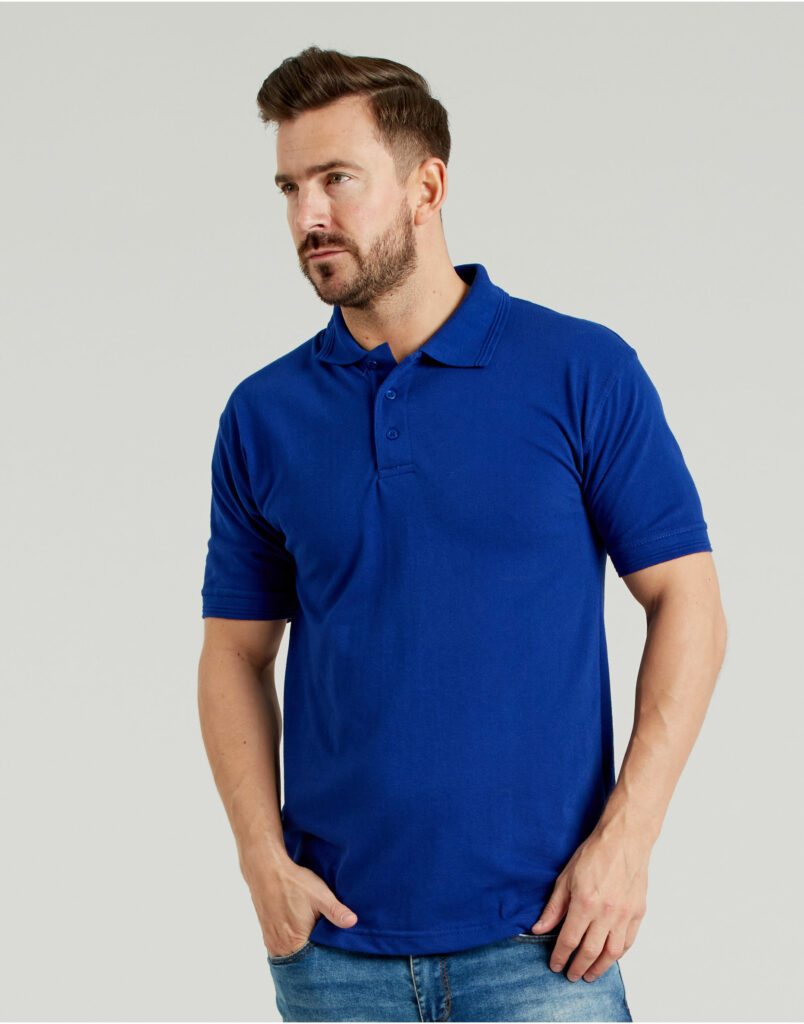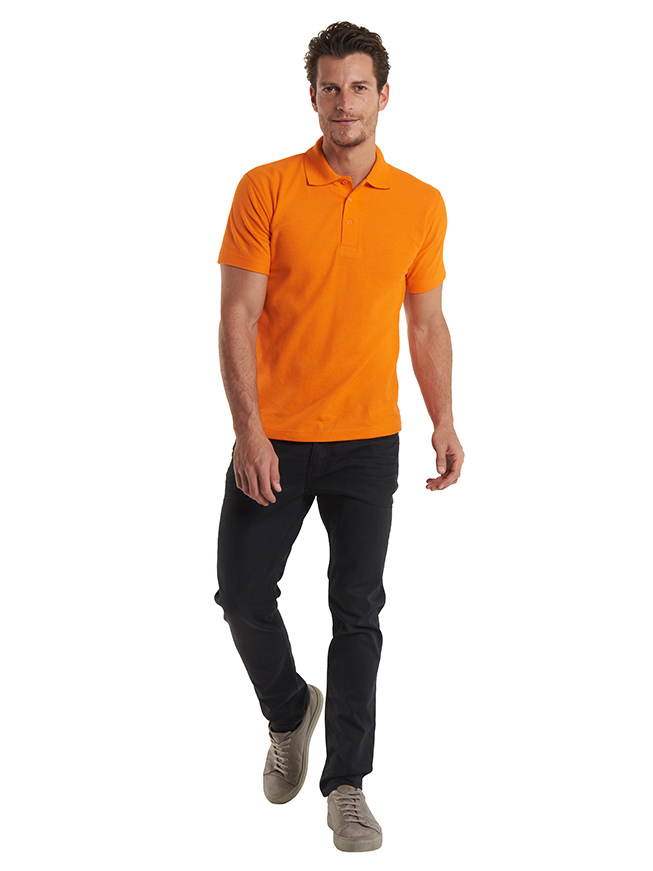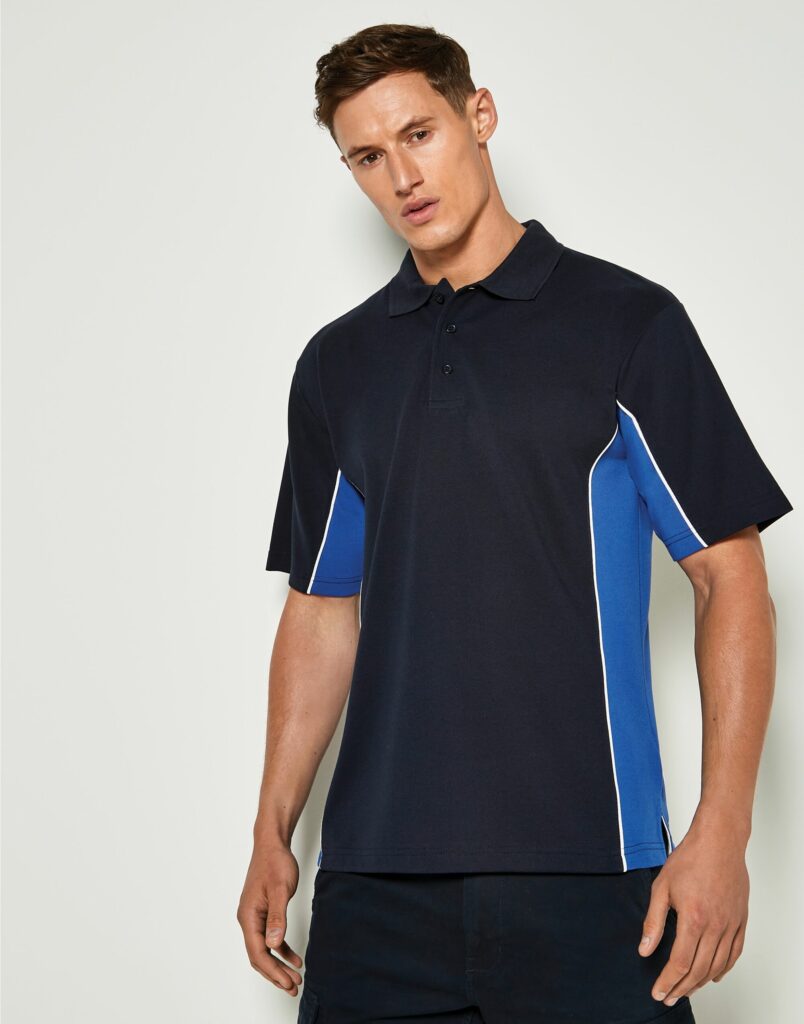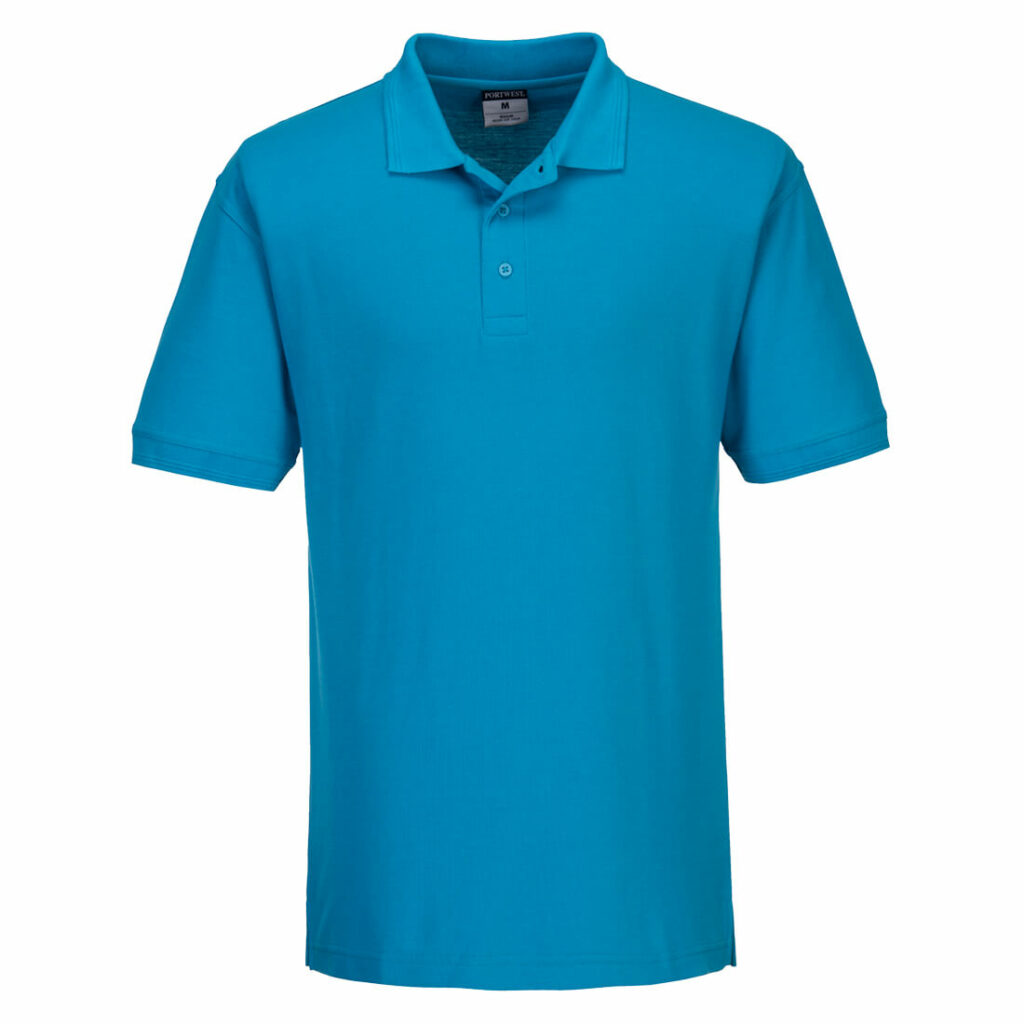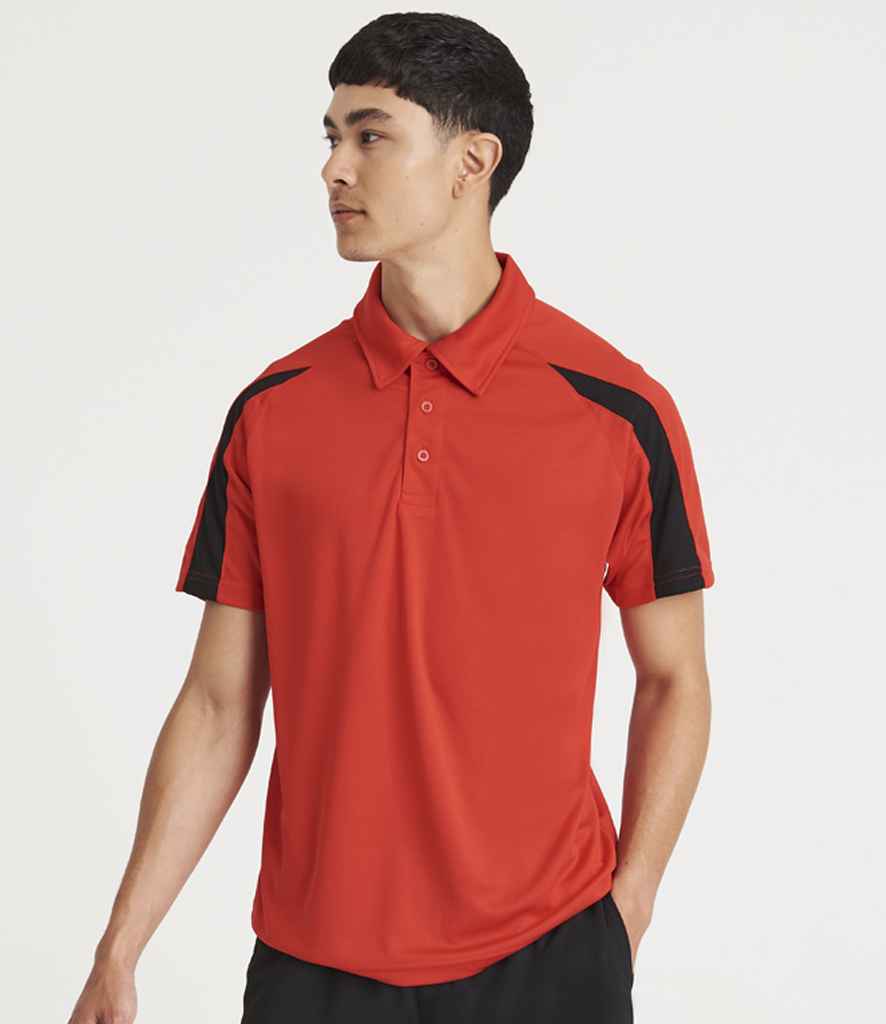How To Choose The Perfect Polo Shirts For Your Branded Workwear or Uniform
Customised polo shirts are a staple work clothing item. From plumbers to electricians, bar staff to hotel cleaning staff, shop workers to office staff a custom polo shirt with an embroidered logo shows off your company logo. Polo shirts truly are one of the most versatile and cost-effective workwear items.
The main factors
Picking the right polo shirts for your business depends on two factors:
- The Garment Itself: The right polo shirt is one the one your staff love wearing, is on budget and creates the right impression for your brand.
- The Customisation Technique: The technique you use needs to create the right look - but which technique you use is also influenced by the type of polo shirt you choose.
The rest of this post will go into more depth and use some industry terms that might need explaining. So before going any further:
Decoration types
Embroidery is the technique of customising clothing and adding artwork (logos, designs, info) to a garment with needle and thread. Performed by machines, this is highly intricate and ultra durable.
Printing is loosely divided up into screen printing (creating screen presses for printing using inks mixed to perfection), vinyl printing (digitally cutting pieces of pre-made vinyl to minuscule perfection and applying it to the garment) and digital or transfer printing (where images are printed digitally and applied onto a garment). Direct To Film printing is an ultra modern method that uses digital printing onto a film, which is then laid over the garment and heat applied. This transfers the design onto the garment, allowing for long lasting and highly intricate designs. This is our current favourite method.
These all have their pros, cons and limitations. Hence, it can get a little complicated. Here's how to keep it simple...
Popular Polo Shirts for Custom Branding
Below you can find some of our most popular polo shirts (as of Summer 2024).
How To Choose Your Customised Polo Shirt
Browse the range of polo shirts available and make sure you check against the following criteria:
Colour
Choose a polo shirt that is available in colours that match your branding criteria. You can then decide whether to go down the route of using neutral, safe colours (black, white, navy) or incorporating your brand colours into the colour of the garment itself.
Style
Make sure the polo shirts you want to customise are available in styles which will please all your members of staff, as much as possible at least.
Some Male designed polo styles might not fit women correctly, Women's polo cuts probably wouldn't fit men too well. Some polo products have both male and female variations, but maybe a unisex polo shirt would be more applicable.
Not to mention two or three button collar, different sleeve lengths, different materials... all of these features affect how the polo shirt looks but also how it feels when worn. If your staff do not like the uniform items you purchase, it will be bad for morale and ultimately productivity.
Cost
And, of course, cost is probably going to have the power to override the other two factors. If it is over budget, it is over budget. Make sure the cost is in line with what you are allocated to spend.
Once you have found the right polo shirt for your brand and budget, and your team is happy to wear it, you are ready to decide between print and embroidery branding methods.
How To Decide Between Print And Embroidery On Your Customised Polo Shirt
Once you have picked a polo shirt that meets your brand guidelines and will create the look you need, and staff are happy with your choice, you then need to consider which customisation technique to use.
Screen printing, transfer printing and embroidery all create different looks. And they cannot all be used for all types of logos on all types of garments.
The look you want to achieve influences which customisation technique you should use, but also which polo shirt to use it on. And at the same time, the customisation technique you want to use affects which polo shirt you can actually use.
Generally speaking, most customised polo shirts use embroidery. This is because the work setting and industries where polo shirts are typically worn tend to suit the more timeless look and/or durability offered by embroidering.
But that is a generalisation. It might be best for your business and brand to use print techniques.
Deciding between polo shirt embroidery or print for your branding also needs to consider the fabric used to make the garment. We don't expect customers to know much about this, so we're only too happy to help you make your decisions.
Polo shirts come in various weaves and materials. Pique cotton is probably the most recognised and common polo shirt, but they are available in breathable fabric mixes and 100% polyester options (designed for more active or heated environments) and other cotton weaves like ringspun combed cotton.
The material of your polo shirt and the amount of detail and colours in your design alters which technique you should use.
Rules of Thumb For Customising Polos
Here are some rules of thumb to decide on whether to use print or embroidery on a polo shirt:
- Single colour and simple detail artwork - can screen print, transfer or embroider on various types of polo shirt. Setting, brand style and personal preference all rule here.
- Multi colour and simple detail artwork - embroidery is best on pique cotton, screen print and transfers best on other types (though people do use embroidery).
- Single colour and detailed artwork - choose a screen print-friendly polo shirt (non-pique) for the best visual appearance. Pique makes catching the fine details tricky and embroidery will not be as crisp either.
- Multi colour and detailed artwork - embroidery can capture good levels of detail, but for super detailed artwork ask for screen, digital or transfer printing on non-pique polo shirts.
And that is everything you need to consider when deciding on the right polo shirt for your business and the right technique to customise it.
- Band Merchandise 101: Designing T-Shirts for Merchandise - 28th November 2024
- Wholesale T-Shirts for Retail Resale: A Guide for Shops and Boutiques - 28th November 2024
- Branding T-Shirts as Workwear: Practical and Cool Solutions for Summer - 28th November 2024







